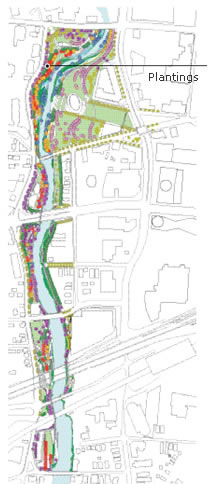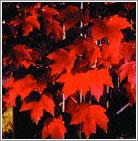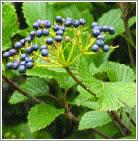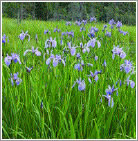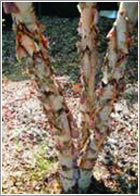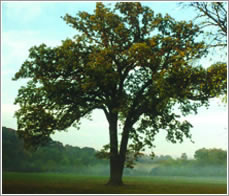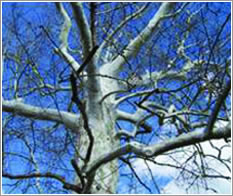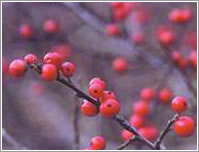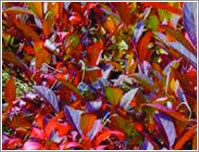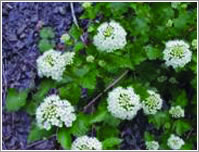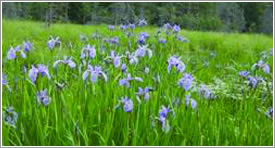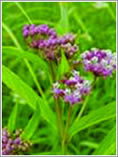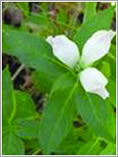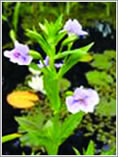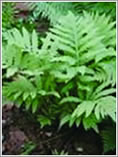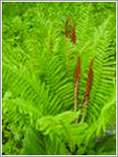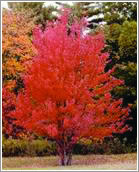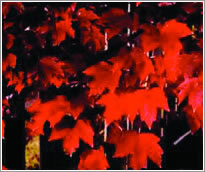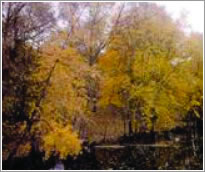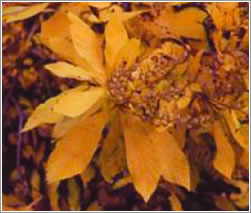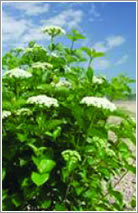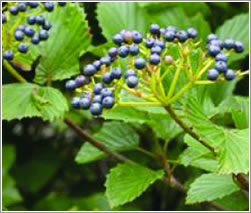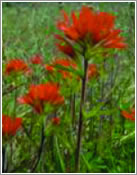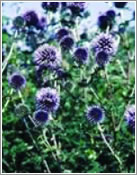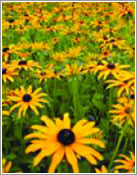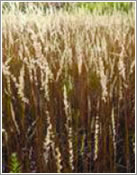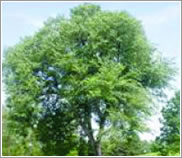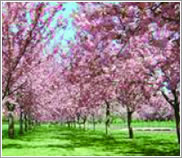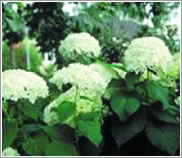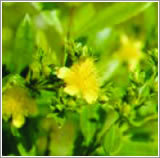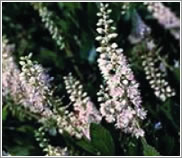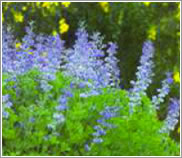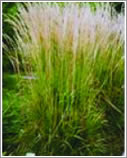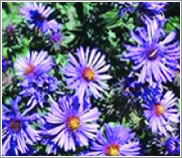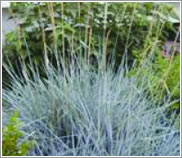Park Planting
The Mill River Park planting concept blends the needs of a natural riparian corridor with
the demands of an urban park. Species diversity and sustainable ecosystems are balanced
with urbanity. Vegetation is used in such a way as to provide habitat, maintain visibility,
and provide a spatially rich and maintainable park.
At the river’s edge, a palette of native trees, shrubs, and grasses occurs. A diverse base
mixture of herbaceous species provides this area with resilience during times of flooding
and drought. Flood tolerant trees such as River Birch and Sycamore shade the river,
creating habitat for fish and lend winter interest. One stormwater outfall and recharge
area will be planted with wetland species capable of sustaining rapid in water level.
As one moves upland from the river, mesic woodland species and mixed meadow
plantings define the character of the zone on a slopes and less frequently inundated by
flooding. Soft drifts of shrubs and grasses echo the weaving patterns of the river and bold
sweeps of wildflowers highlight these forms. A canopy of red maples provides color in
the fall.
Within the more programmed spaces and along the urban edge these native species
reoccur as more “tended” gardens, employing a stronger, more simplified aesthetic. Oaks
and elms are used in groves and allees. Non-natives also occur in these places, allowing
for the use of cultivated species. Non-natives also integrate species of cultural value, one
such example being the historic cherry tree.
Throughout the park, attention is paid to the relationship between plantings and viewsheds.
Vegetation is used to create viable natural habitat while at the same time framing dramatic
viewpoints. Security is ensured by maintaining visual connections through planting areas.
Shrubs and grasses of limited height are used adjacent to accessible areas, providing a
high level of visibility. Concurrently, the planting strategy will also reduce the presence of
Canadian geese. |
